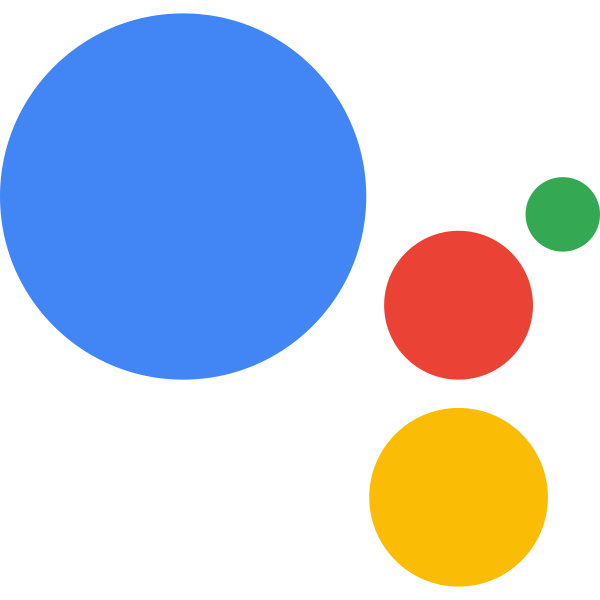With the advent of virtual personal assistants (VPA), assistive technology users are able to interact with their smartphones in ways that weren’t possible just a few years ago. These virtual personal assistants employ user-inputted voice commands to perform a wide variety of functions like sending messages, scheduling reminders, and even ordering groceries, giving assistive technology users with impaired vision or mobility an alternative way to interact with their smartphone or tablet. There are a few virtual assistants on the market right now, and most of them have been discussed in previous e-bulletins. This week, we’re going to look at Google Assistant, the built-in virtual personal assistant that comes pre-loaded on Android smartphones (Android 6.0 and above) and on Android smartwatches.
Everyday Accessible Technology Part 1
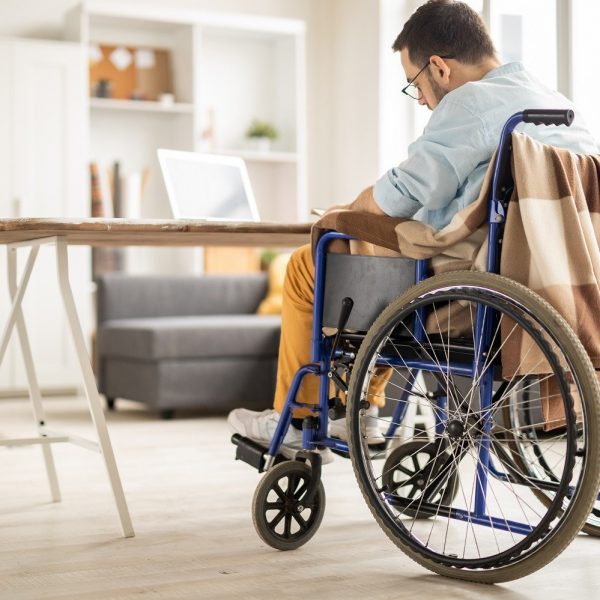
Whether you are in a wheelchair, blind, or even partially sighted, living with a physical disability comes with its own unique set of barriers and challenges, especially if ones’ living space is not properly configured for the complexities of disabled living. Thankfully, there is a plethora of consumer products, most of which are available for purchase online, that are designed for comfort and efficiency in the home and can also be used as AT. From the bathroom to the kitchen, today’s e-bulletin is going to focus on AT that is designed to help individuals with disabilities live safely and efficiently. The following recommendations were put forth by our very own AT researcher/life-hacker Nakia Singh, who is partially sighted.
Live Transcribe
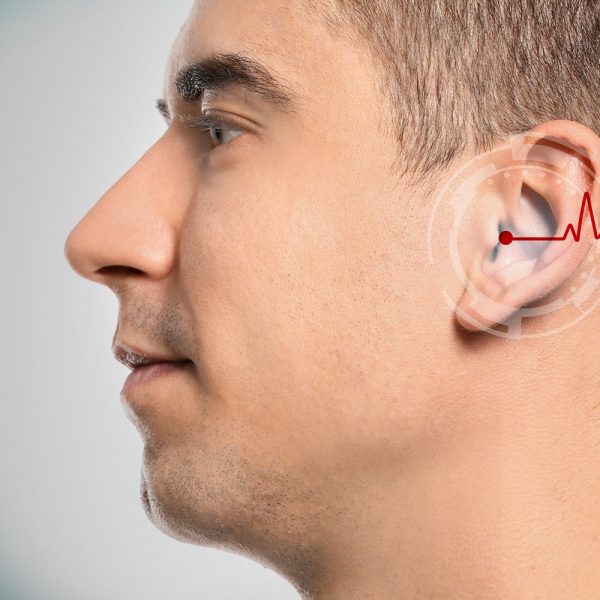
This month, Google introduced a new accessibility app which has the potential to change the way that deaf and hearing-impaired individuals communicate with those around them. Live Transcribe uses cloud-based speech recognition to display spoken words on a phone screen in real-time. Prior to this innovation, captioning technology typically required the use of a human captioner. And while captioning technology is effective, it can be costly, and using the technology typically requires significant preparation time. Now, deaf and hearing-impaired users can communicate with those around them easily and independently, with technology that is available for free.
Advancements in Augmentative Technology
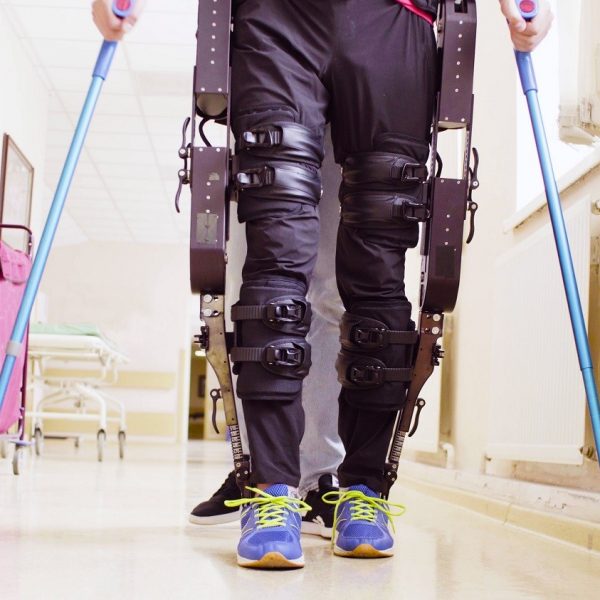
Augmentative technology, at least according to the North American definition of the word, is technology that is designed to augment the lives of able-bodied individuals. Of course, this technology is often adopted by assistive technology (AT) users, and when that happens, the technology would then be considered AT, as AT is defined as “any item, piece of equipment, or system, whether acquired commercially off the shelf, modified, or customized, that is used to increase, maintain, or improve functional capabilities of an individual.” Because of this, augmentative technology often becomes assistive technology, and mainstream inventions are quickly adopted and adapted by AT users. For today’s e-bulletin, we’re going to delve deeper into some of the most cutting-edge pieces of tech that blur the line between augmentative and assistive technologies.
Edmondo: The Virtual Classroom App

Edmondo is a free app for teachers, students, and administrators that has been designed to centralize and digitize homework, communications, and classroom resources. The app allows teachers to create and upload quizzes, lessons, and resources to a virtual classroom which can then be accessed by students. With a userbase of nearly 100 million, and a consistent ranking in the top 10 education apps on iTunes, Edmondo is a major player in the world-wide shift away from the rigidity of traditional educational practices.
Scholarship Opportunity: Bell Aliant Pioneers of N.B.
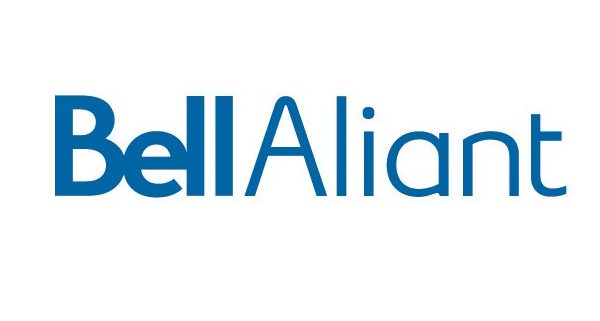
The Bell Aliant Pioneers of New Brunswick Chapter 51 Scholarship Foundation, Inc. awards annual, renewable scholarships to young New Brunswickers with physical or mental disabilities who wish to advance their education beyond high school. To be eligible for one of these scholarships, applicants must have a physical or mental disability and be a resident of New Brunswick. Students meeting these criteria and who will be completing high school, as well as eligible students who completed high school in recent years and who have not yet completed any further educational programs beyond high school are encouraged to apply. Each applicant is assessed on his/her academic ability, community and school participation, plans for continued education, long-term goals, and the need for financial assistance.
How-to: Use Scrible PDF Viewer
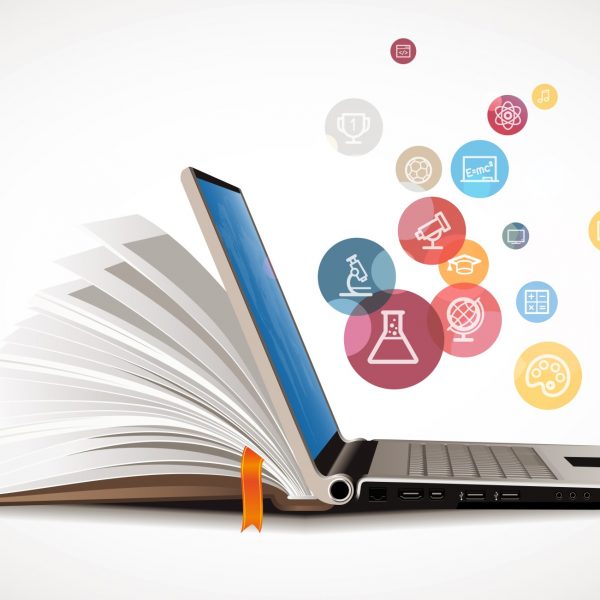
With the advent of the internet, access to information has grown exponentially. Gone are the days when “research” meant spending hours upon hours at the library, sorting through hundreds of obscure publications in search of a few articles relevant to the subject at hand. With so many legitimate online journals and publications to choose from, it’s completely feasible for a student to complete and in-depth research project without ever having to set foot in a library. For students who are physically disabled, accessing the library and all its contents can be a huge barrier to completing assignments in a timely manner, and for students with learning disabilities, libraries can represent a potential information overload that can make it difficult if not impossible to narrow in on the materials that are most relevant to their area of study.
Disability Professionals Workshop
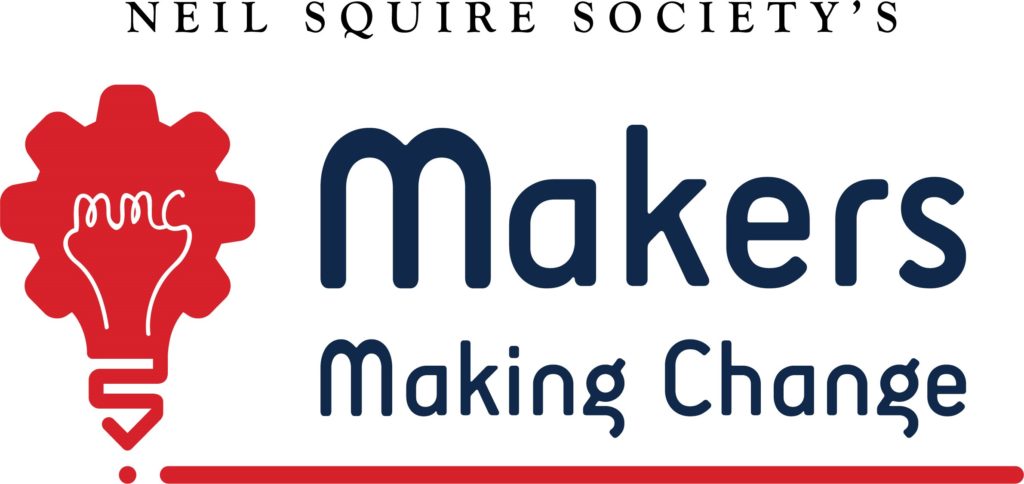
Makers Making Change (a division of the Neil Squire Society) is hosting a free workshop series designed to connect makers to people with disabilities who need assistive technology. These workshops have already seen success across Canada, and now, Makers Making Change is setting its sights on New Brunswick.
The Best Buy Tech Grant
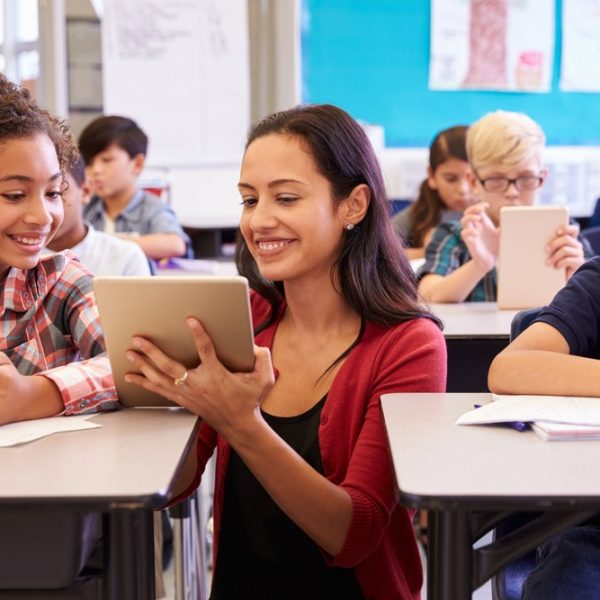
Best Buy Canada is offering tech grants to Canadian public schools for students within any grade range from kindergarten to grade 12. These grants are designed to provide students with the latest in technology (and assistive technology), encouraging and empowering them to reach their maximum potential during the primary, secondary and even post-secondary years.
Distance Computer Comfort Training

Are you someone with a physical or sensory disability who would like to learn more about technology from the comfort of your own home? Are you interested in learning more about how to use your computer, laptop, tablet, or smartphone?
How To: Use Google Assistant
